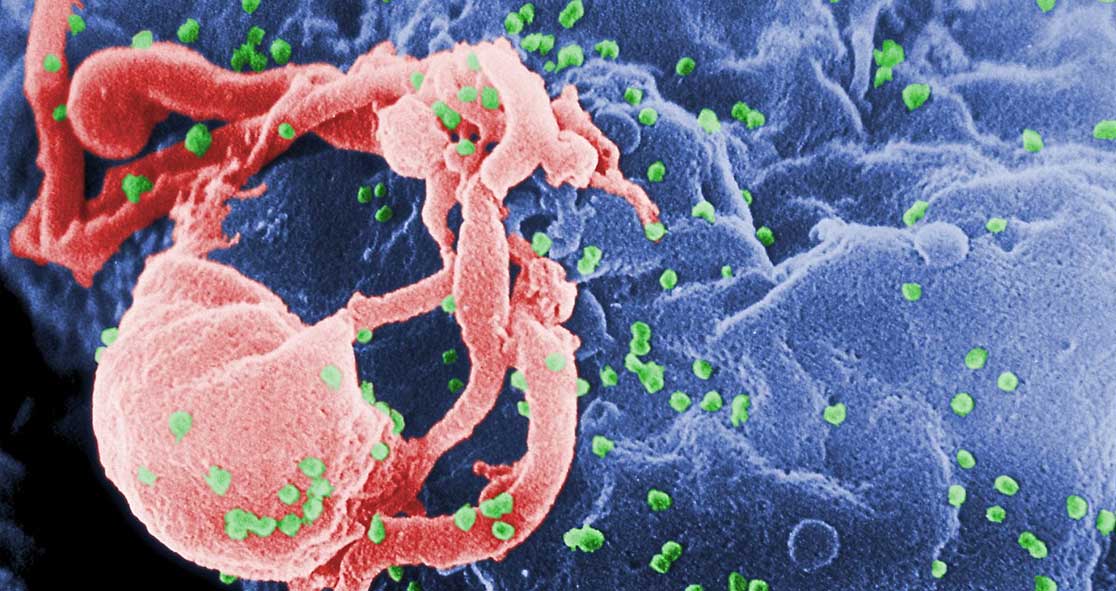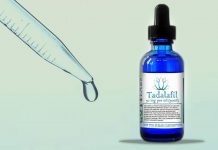Scientists are leaving no stone unturned when it comes to findings drugs to cure HIV/AIDS. Although incurable, HIV can be controlled using anti-retroviral therapy, which can help people to live relatively normal lifespans as long as they are on medications every day.
Dr. Mark Painter of the University of Michigan Medical School said, “If they ever stop, in short order the virus rebounds and resets at the high levels seen before starting—and that seems to be the case even after decades of therapy.”
The deadly virus can hide inside the human genome. It often lies dormant but is ready to emerge and cause havoc at any time.
Now, Dr. Kathleen Collins and her team set out to find a weapon to kill HIV by targeting a specific protein known as Nef.
In 1998, Dr. Collins, a professor of internal medicine and microbiology and immunology, discovered that the virus uses Nef overrides the functioning of the protein on a cell’s surface, letting immune cells know that the cells are infected. By disabling Nef, known as MHC-I, infected cells are able to multiply.
The team of researchers determines if there was any drug or molecular that can override the protein and allow the immune system to recognize the infected cells and kill them.
Dr. Painter said, “We started out screening a library of 200,000 small molecules and found none inhibited Nef.”
The team approached Dr. David Sherman of the U-M Life Sciences Institute, whose lab studies the biosynthesis of natural products from microbes.
“Often synthetic molecules have quite a low molecular weight, meaning they are fairly small,” Dr. Sherman explained. “And if you need to disrupt a large protein surface or interface, such as with Nef, a small molecule won’t work well or at all.”
“A natural products library like the one at the LSI, on the other hand, is going to have molecules with a large range of weights and sizes,” he added.
The researchers screened more than 30,000 molecules and eventually discovered one antibiotic molecule called pleicomacrolides (concanamycin), which inhibited Nef.
Dr. Painter said, “Pleicomacrolides are widely used in lab experiments when you want to shut down the lysosome. Because of this, they are considered toxic and risky to use as drugs.”
The lysosome is an essential cell organelle used to break down worn-out cell parts, viruses, and bacteria.
“As a lead compound for drug development, it’s fairly exciting because we can use a very low dose, and inhibit Nef without short-term toxicity to the cells,” explained Dr. Painter.
The team treated HIV-infected, Nef expressing cells with concanamycin A and discovered that one of the immune cells called cytotoxic T cells were able to kill the HIV-infected T cells.
Dr. Collins said, “It’s been extremely gratifying for this project, which began in my lab over a decade ago to finally come to fruition. I had hoped we would find something that worked as well as this compound does but it was never a guarantee that we would actually be successful. This type of research is risky but extremely important because of the potential reward.”
However, she added that the molecule is not yet ready to be used for the treatment of HIV. “More research will be needed to optimize the compound. We will need to further separate the potent Nef inhibitory activity from the more toxic effect on lysosomal function to make it a viable therapy,” Dr. Collins added.























